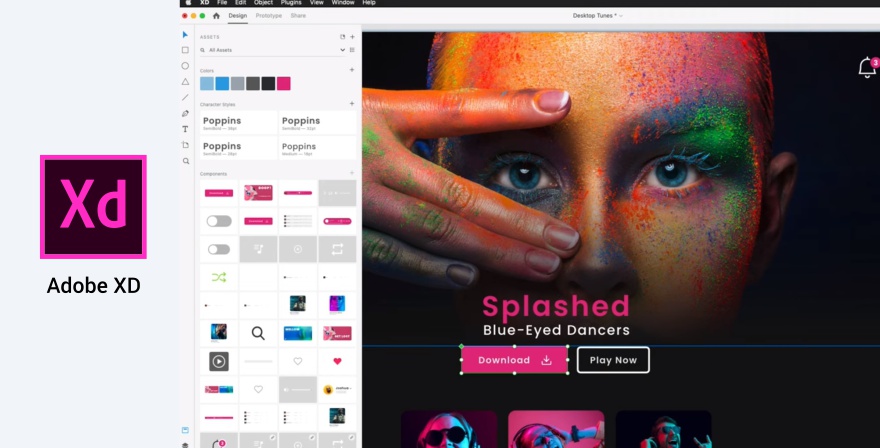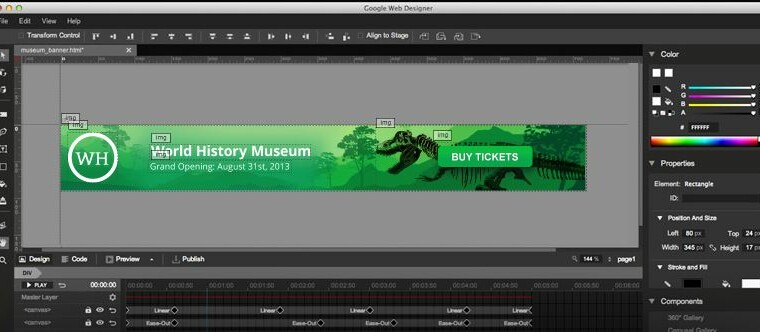

That means if I want to create two columns, in which one is half the size of the other, I’d use the classes. In that case, you just need your columns to add up to twelve so they display on a single horizontal block. Most site owners won’t need more than 12 columns or even close to 12. You can have more than 12, they’ll just start to wrap rather than display on a single axis, regardless of the viewport. Bootstrap has a twelve-column system, which means that there can be up to 12 grid columns on a single horizontal block. That means you can use its mobile-first flexbox grid to build unique and complex layouts without having to build them from scratch - it also means you need to understand its unique syntax. Let’s take a closer look at each process below.īootstrap offers a twelve column system, five default responsive tiers, Sass variables and mixins, and dozens of predefined classes. With Bootstrap, you can create a grid using only HTML. What sets Bootstrap apart from using Flexbox alone is the process of writing the actual code.

To kick off this comparison, it’s important to understand that Bootstrap 4’s grid system is built with Flexbox. Note, however, that you cannot use a CSS Grid Container inside a Flexbox container. You can combine them by using a Flexbox container inside a CSS Grid container. Here’s a side-by-side comparison of a layout built with Flexbox and one built with CSS Grid that shows this effect.īefore we move onto the next comparison, it’s important to understand that these layout models are not mutually exclusive. The layout will look more like bricks than a grid as a result. That’s because you can’t control where flex elements end up like you can in CSS Grid flex elements simply inch along a single axis and then wrap accordingly. But how wrapped flex items line up on a row will be independent of how they lined up on the previous row. This will create rows and columns in a sense. That way, if your items are too large to all display in one line on a particular viewport, they will wrap onto another line rather than shrink to fit onto one row.

You simply have to apply the flex-wrap property with a value of “wrap” to your container. With Flexbox, you can create multi-line flex containers. It’s just that CSS Grid allows you to create 2D layouts in ways that Flexbox does not. So it would not be correct to say the major difference is the CSS Grid is exclusively for two-dimensional layouts, and Flexbox is for one. Flexbox can also be used to create two-dimensional layouts. Like Flexbox, CSS Grid can be used to create one-dimensional layouts (and often is). In an article on CSS Tricks, founder Chris Coyier made an important note. In this post, we’ll take a closer look at each model, explaining their key differences and ideal use cases. Among the most popular are Flexbox, CSS Grid, and Bootstrap, each of which are widely supported across platforms and browsers. To simplify both the creation and maintenance of web pages, responsive layout models were created.
#Webflow vs bootstrap studio code
They also made the code of a site much more difficult to maintain. They were not only missing some key functionality, like vertical centering, which made it frustrating to get them to work across browsers. Together, these techniques were somewhat effective, but lacking in power. Creating some complex layouts required JavaScript as well. Previously, site owners had to “hack” their CSS, using table elements, in-line blocks, floats, and different positioning types. If it’s your page, you not only want to organize and display these elements effectively - you also want to ensure they look good on any screen, from desktops to mobile devices and all the devices in between. What makes up a web page? Even the most basic require at least a few headings, paragraphs, and images and maybe a navigation bar, sidebar, and footer.


 0 kommentar(er)
0 kommentar(er)
